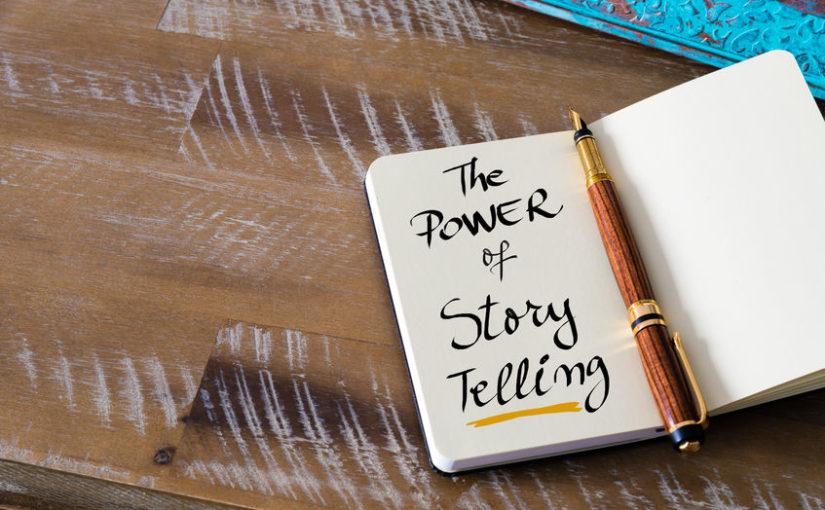
As teams find their “new normal” for communicating and staying connected remotely, storytelling often gets left out of the equation. This is a big problem.
In remote environments, when emotional connection and anecdotes get stripped away, it can leave teams feeling like work is a grind; a Monday through Friday slog to meet deadlines and deliverables. This bodes poorly for morale and engagement. While it is unintentional, it can happen by default when teams lose their day-to-day informal touchpoints.
A quick way to improve engagement and rally your team is through story. Here are three types of stories you can tell your team, and yourself to elevate emotional engagement and create differentiation for your organization.
The Impact Story
These go beyond typical case studies and testimonials. Impact stories describe how you made a difference to real live people. They include vivid details, names, and emotional language that makes them memorable and reminds your team, our work matters.
For example when you hear, “We implemented new ‘work from home’ technology for a local small business” it’s fine, but hardly makes your heart beat faster. Yet imagine when a team member tells you, “We got a call from a small business owner, Mr. Jones. He was struggling to get his team to work effectively remotely. People had issues logging in, sharing documents, and everything else. It was stressful. Our team worked tirelessly updating their systems and making sure everything was secure. After two weeks of implementing and training the team, they were back working full steam ahead to help their clients. We helped this small business be successful, and there are thousands of other small businesses who need our help, too.”
Do you see the difference? One tells you the facts, the other tells you why the facts matter to actual people.
The Founder Story
The tale of two geniuses tinkering in a garage or the 20-something adventure traveler who built a global brand based on happiness is a great source of pride for the team. Yet, these stories become further removed as time moves forward.
Keep the innovative, tenacious spirit of your team alive by referring back to who the company is and why it was founded. The story about how the founder persevered reminds you and the team, if they did that back then, we can do what’s in front of us today.
Your Backstory
If you’re a leader, formal or informal, people want to know why you’re here. Why did you choose this line of work? This industry? Or your company specifically?
When you share your backstory, your “motive” becomes more obvious. It helps everyone see you as an authentic person who wants to make a difference. Share why you are where you are, and encourage others to do the same.
Remember, good stories are sticky. The emotion makes them memorable. They tell your team, “This is what it means to be part of our tribe.”
When you know your work matters, your life starts to matter more.
My dad once told me: “Every person deserves work they can believe in.” He was right. Sharing stories about how you make a difference elevates your team on multiple levels. It helps them be more authentic and engaging, and feel more pride in their work.
It reminds them, “You are more than a cog in a money machine; you’re a real live human being whose work matters to others.”